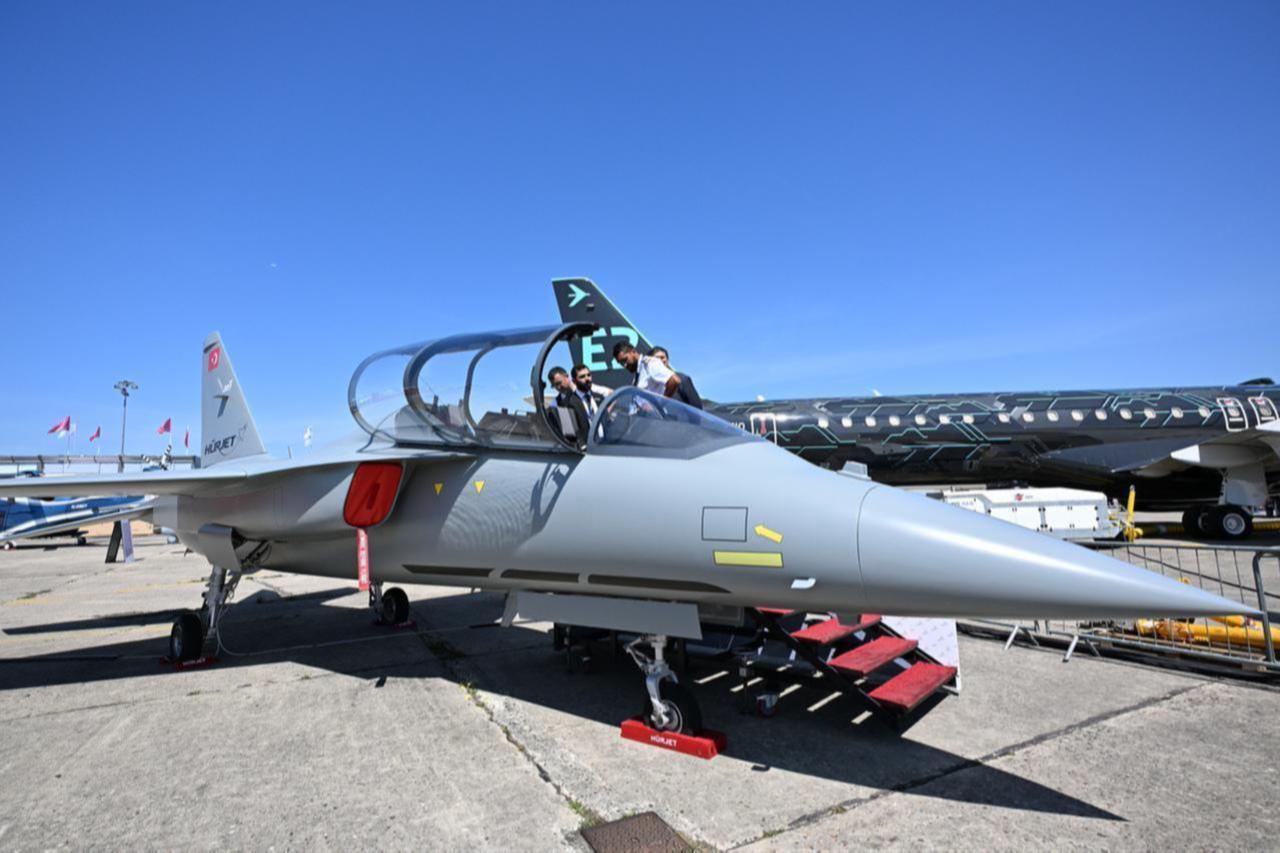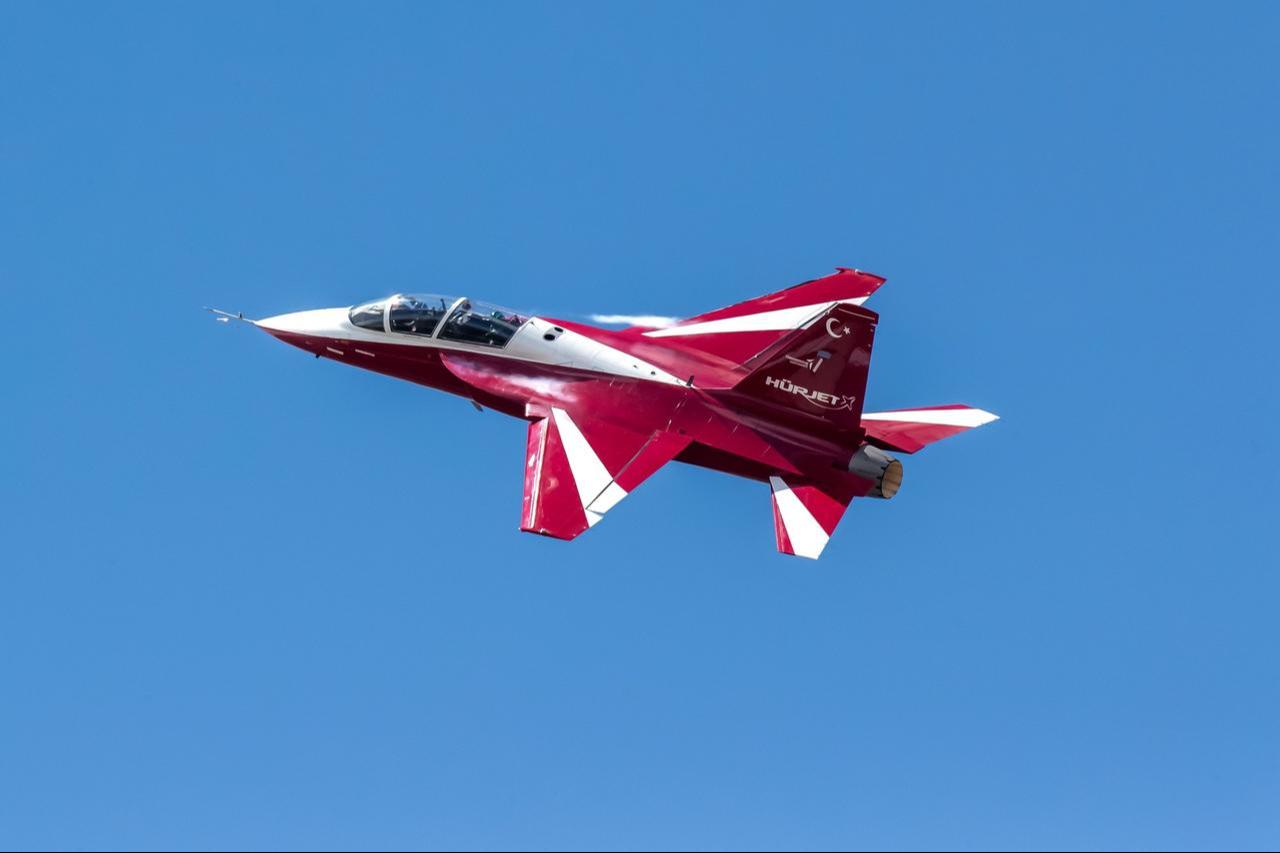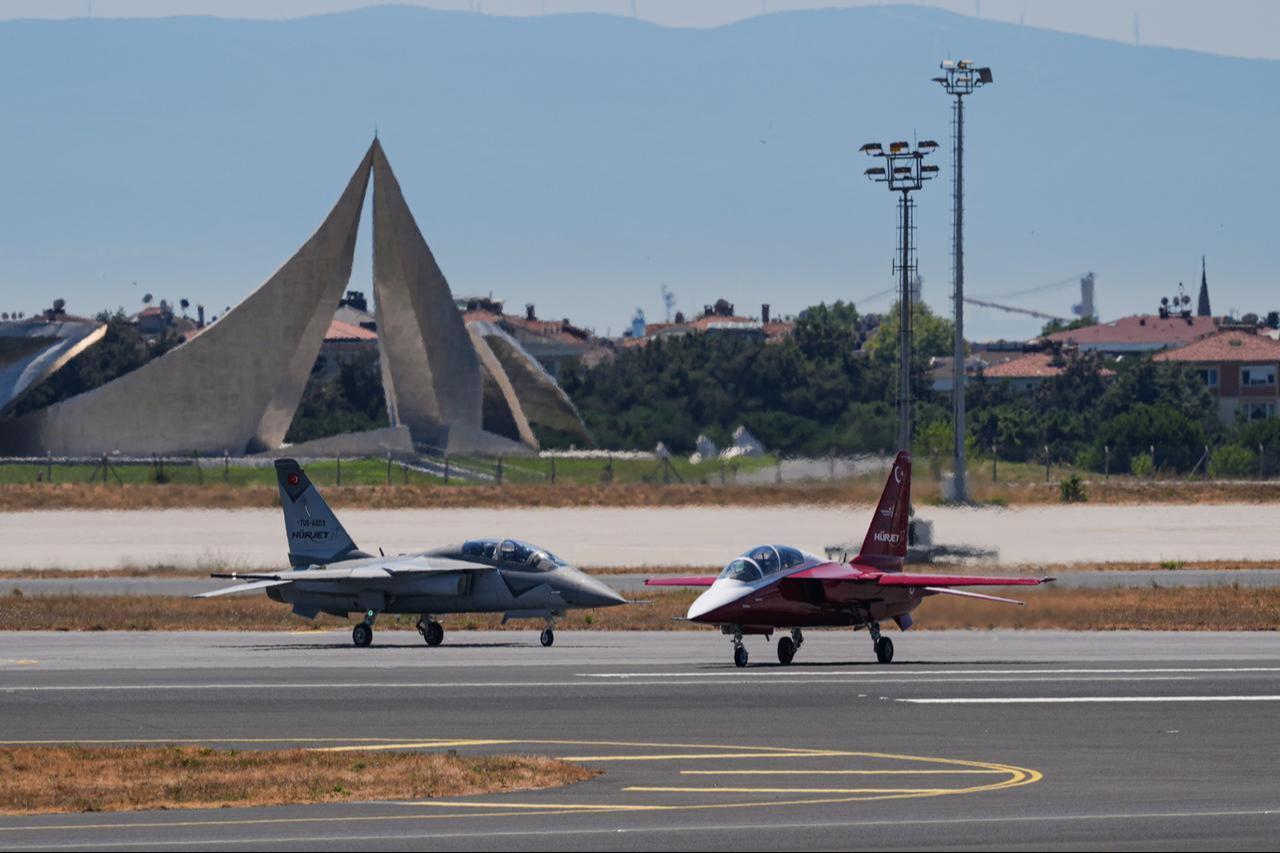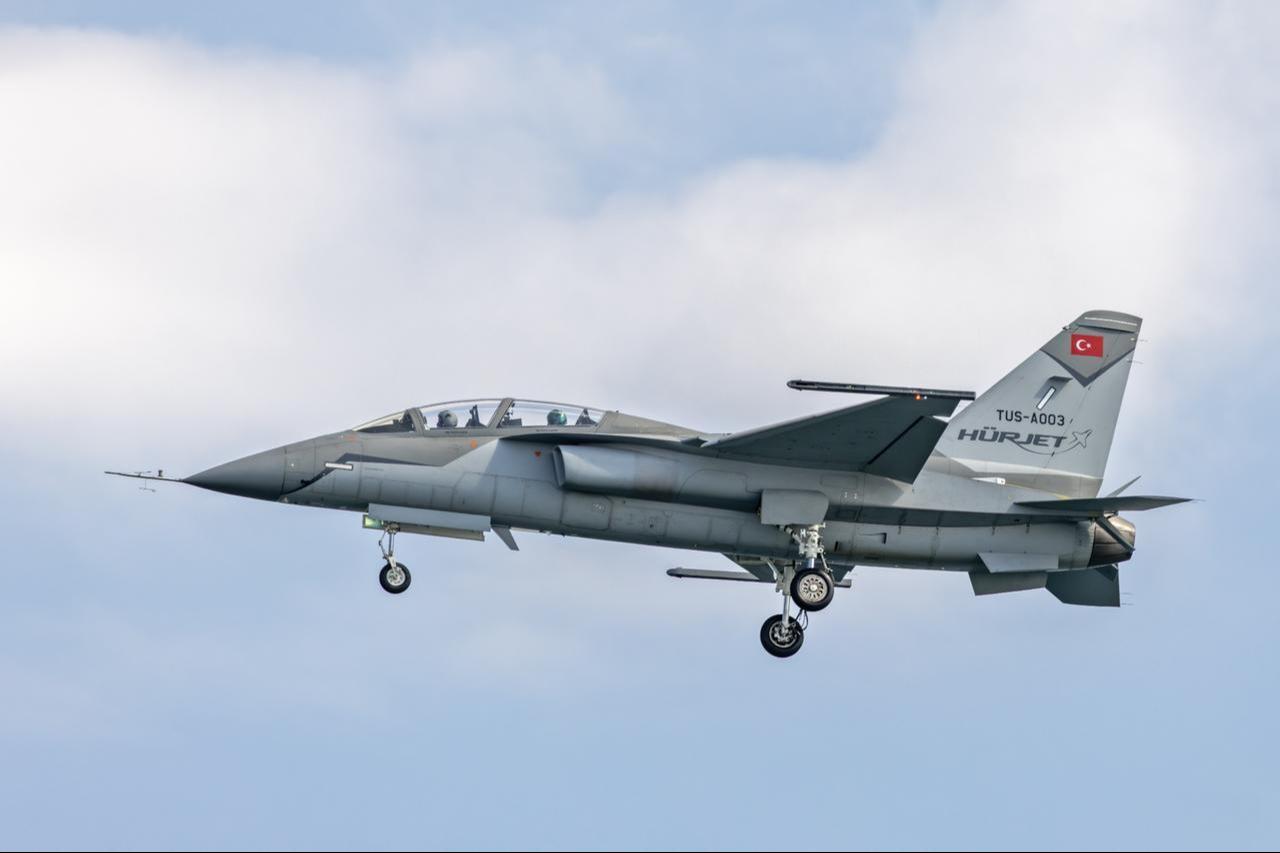
Spain's government approved on Wednesday a €3.12 billion ($3.6 billion) contract to acquire 45 Turkish Aerospace Industries (TAI) Hurjet trainer and light attack aircraft, marking a significant modernization of the Spanish Air Force's pilot training capabilities.
The Council of Ministers formally approved the Integrated Training System-Spain (ITS-C) contract at its Oct. 28 weekly meeting.
The acquisition will comprehensively replace Spain's aging but effective F-5 trainer aircraft with the new-generation Hurjet platform.

The €3.12 billion expenditure represents a substantial increase from earlier estimates of €1.75 billion discussed during preliminary program phases.
The expansion reflects a significant increase in the program's scope from initial estimates of 24 to 30 aircraft to the current acquisition of 45 aircraft.
The contract encompasses far more than the purchase of aircraft alone. It includes a complete ground-based training ecosystem featuring next-generation flight simulators, computer-assisted instruction stations, instructor training courses, and initial logistics support.
The program is specifically oriented toward fighter and attack aircraft specialization. The contract period runs from the date of formalization through Nov. 30, 2035, with no extension option available.

Airbus Defense and Space España will oversee the adaptation of the Hurjet to Spanish requirements, developing a "Spanishized" version that will incorporate higher-performance equipment from the Spanish national industry, according to program details reported by Defensa y Seguridad.
The agreement leverages Airbus's expertise in design, production, system integration, in-service support, and training alongside Turkish Aerospace Industries' innovative Hurjet platform.
The aircraft is a supersonic, single-engine, two-seat advanced trainer designed for modern operational environments.
"This project marks a comprehensive development of a new military aeronautical training model spanning from the natural selection of pilot candidates through their operational integration into fighter squadrons of the latest generation, such as the Eurofighter, and potentially the future FCAS system," according to program documentation.
The Council of Ministers' decision stated, "This contract fulfills the necessary requirements for the Spanish Air Force and Space Force to update, expand, and renew capabilities in pilot training specialized in fighter and attack aircraft."
"This system aims to ensure adequate operational preparation in new and complex security scenarios," it's also been stated.
The contract will provide Spanish pilots with training appropriate for advanced modern combat scenarios and next-generation aircraft operations.
Spain's Industry Ministry will provide €1.04 billion ($1.21 billion) in credit spread over five years to support the program, according to defense sector reports.
Fifteen major Spanish aerospace companies will participate in the project alongside Airbus as the national aerospace coordinator and driving force. Participating companies include Aciturri, Aernnova, Aertec, Airtificial, Amper, Centum, CESA, CLUE, GMV, Grabysur, Indra, Grupo Oesia, Orbital and Sener.
The program represents an opportunity to advance Spanish industrial capabilities and ensure technological sovereignty over the trainer aircraft platform, providing a foundation for subsequent fighter development initiatives.
Deliveries are scheduled to begin in 2028, with the first aircraft entering the 2029-2030 training course.
The Hurjet-based trainer aircraft are expected to remain in service for at least 30 years.
The program aims to establish new standards for military aeronautical training while strengthening the Spanish industry through technology transfer and capability development related to the Hurjet platform.

The ITS-C program cannot be viewed as a simple aircraft replacement but rather as an integrated development of an entirely new military training model.
The system will encompass pilot selection and operational integration into advanced fighter squadrons and establish training standards for combat aircraft specialization.
Defense sector analysts cited by the Defensa y Seguridad note that the substantial financial commitment requires a detailed explanation from Spain's Defense Ministry on cost justification and the technological advances that justify the significant budget increase relative to preliminary estimates.
"With this price point, every euro invested must translate into tangible capability, technical excellence, and operational results," according to program assessments, concluding with: "The decision is made; now begins the difficult part: explaining, executing, delivering, and performing."